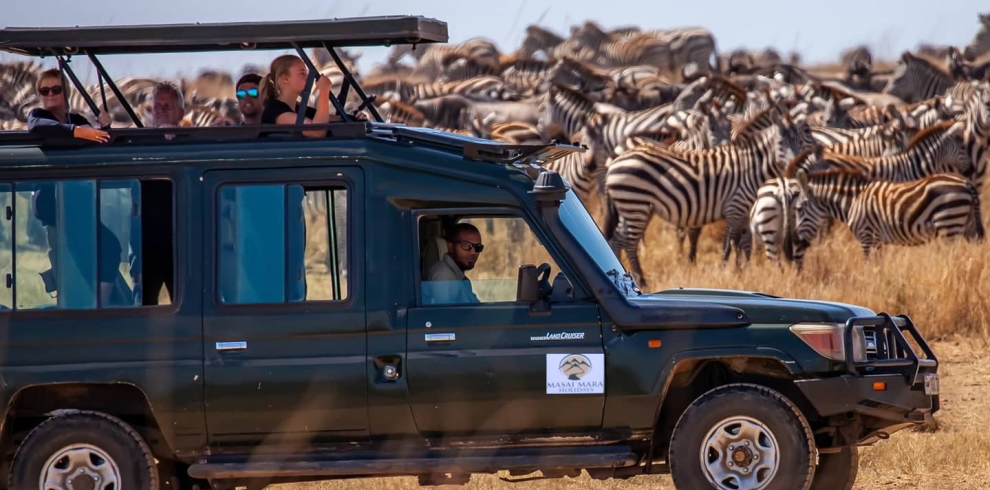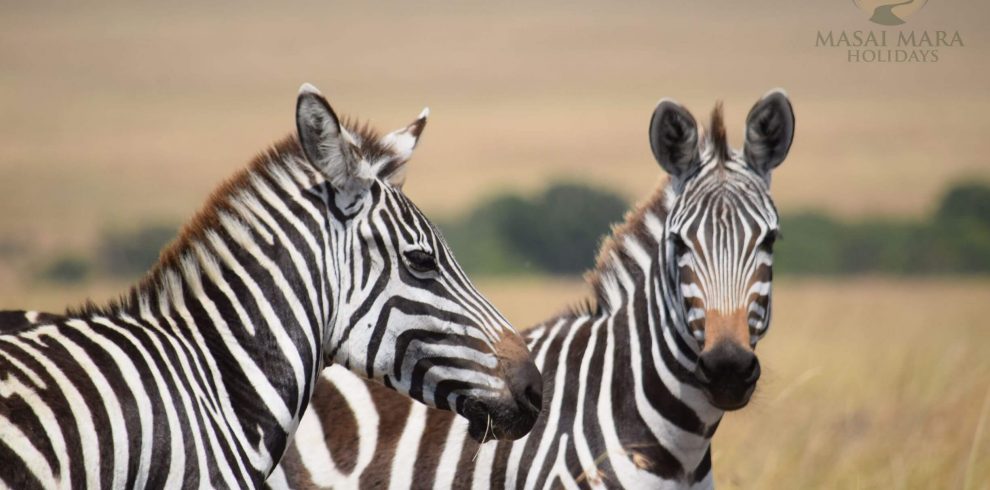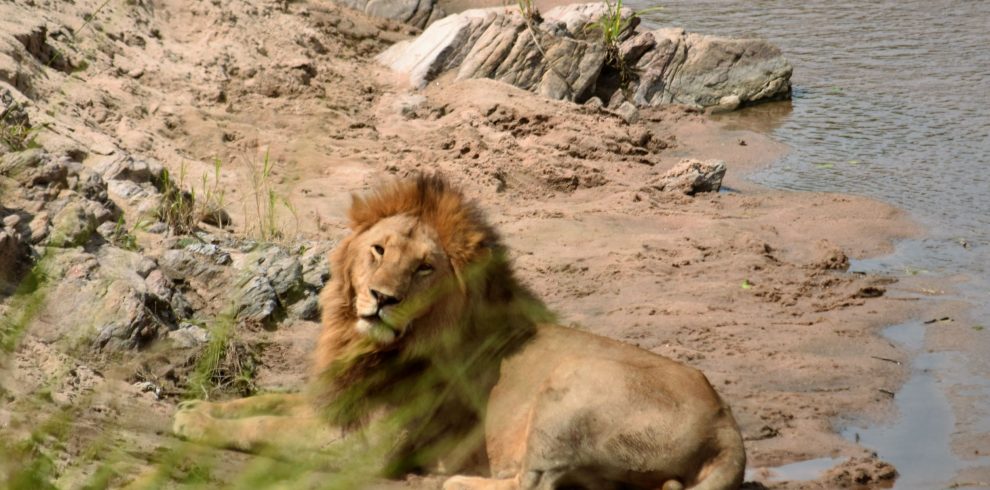Lake Nakuru National Park encompasses the alkaline lake of the same name and is frequently visited by hundreds of thousands (sometimes more than a million) of greater and lesser flamingos, providing an amazing bird spectacle. More than 400 bird species in all have been recorded. Located 100 miles (160 km) northwest of Nairobi on a fair road, the park covers 73 square miles (188 km2) — most of which is the lake itself.
Nakuru has been declared a black rhino sanctuary and has a fair number of these endangered animals. A small population of white rhinos has been reintroduced from South Africa. Other wildlife includes lion, leopard, Rothschild’s giraffe (introduced), waterbuck, reedbuck, hippo, baboon, pelican, and cormorant. The lake is an important stopover for thousands of migratory-wading birds that head to and from Europe each year.
Popular Lake Nakuru Tours
Our crafted Lake Nakuru National Parks tours feature expertly put-together itineraries to Lake Nakuru National Park and extended trips to Kenya’s top safari attractions.

This 4 Day Masai Mara Safari and Lake Nakuru offers the best chance to encounter the big five in Kenya….

Embark on the ultimate wildlife viewing adventure with a 6-day safari to some of Kenya's best national parks. Starting off…

Experience the ultimate adventure with this 7-day safari to the Masai Mara, Lake Nakuru, and Samburu National Reserve. Begin your…
Exploring Lake Nakuru National Park
Most visitors come on an organized Lake Nakuru Tour, often en route between the Masai Mara and Samburu-Buffalo Springs. While the most productive area for a game drive is the open floodplain south of the lake, visitors with more time can also explore the relatively untrammeled southern half of the park. Most roads in Lake Nakuru National Park, although unsurfaced, are in good condition, and a 4WD is not required except after exceptional rains.
Of Kenya’s major wildlife-viewing destinations, Lake Nakuru National Park is the most accessible due to its proximity to Nakuru town, which is easily reached from Nairobi, it is easy to arrange game drives into the park with a tour operator in advance. As with other reserves in Kenya, walking is forbidden within the park.
Lake Nakuru
The focal point of the national park is Lake Nakuru itself, whose shallow turquoise-green waters are highly alkaline and support dense concentrations of the algae Spirulina platensis. Enclosed by mountains and hills, the lake is fed by three major rivers – the Makalia, Njoro and Enderit. This inflow is supplemented by a series of springs that rise along the shore, treated water from the town sewage works and possibly also some untreated urban effluent.
Despite no known outlet, Lake Nakuru’s relatively small catchment area has made it the most fluctuation-prone of the Rift Valley lakes, varying in area from 5 to 62 sq km (2 to 24 sq miles). To some extent, this follows an annual pattern, with large areas of soda-encrusted flats usually being exposed during the dry seasons (July– October and January–February). However, longer cycles may also come into play; indeed, in the 1990s it was feared that Lake Nakuru might dry up altogether but water levels have been consistently higher since the El Niño flooding of 1998.
Lake Nakuru Famingos
The most conspicuous feature of Lake Nakuru is the immense concentration of lesser flamingos that thrive in its shallows, consuming algae at an estimated rate of 250 tonnes per hectare (110 tons per acre) of surface area annually. The total flamingo o Lake Nakuru count varies from year to year and season to season, but it frequently stands at about two million, with lesser flamingos outnumbering greater flamingos a hundredfold.
During the 1990s, the recession of the lake’s waters caused a flamingo exodus to Bogoria, Elmenteita, and elsewhere, but numbers have seldom dropped below 500,000 in recent years. This avian migration is utterly mesmerizing to behold, especially when a flock of several hundred birds rises above the general squawk and chatter to reveal, in flight, a harmony of bright-pink, black fringed under-wings. Surprisingly, Lake Nakuru is only a feeding ground for this multitude of flamingoes, which breed at Lake Natron in Tanzania, leading to a slight dip in numbers at the Kenyan lakes over October and November.
The alkaline waters of Nakuru do not naturally support any fish, and its ecology has changed significantly following the introduction of an alkali-tolerant tilapia from Lake Magadi in 1953. The tilapia has thrived in this new environment, leading to an influx of piscivorous birds such as the pelicans that congregate at the mouth of Enderit river.
Lake Nakuru shore Circuit – Game Drives
Lake Nakuru National Park’s most popular game drive involves looping along the well-maintained dirt road that encircles Lake Nakuru in its entirety, a distance of around 35 km (22 miles) that takes in several contrasting habitats. Heading clockwise from the Main Gate in the north, the road passes through a patch of dense riparian yellow fever forest that offers restricted views of the lake, but is often good for baboon and waterbuck, and is also a popular haunt for the ever-secretive leopard.
After about 5 km (3 miles), a short side road to the right leads to a marshy reed-fringed stretch of shore known as Hippo Point. Despite the name, hippos are uncommon here, but buffalo often wallow in the mud, and visitors can easily spot some water-associated birds, ranging from the jewel-like malachite kingfisher to the African spoonbill. The road following the eastern lakeshore is too densely wooded to offer many clear views over the lake, but it is superb buffalo country, and the immense euphorbia forest that runs up the rocky slopes south of Sarova Lion Hill Game Lodge (see p368) is very striking.
At the first main junction, visitors should keep to the right, crossing the Enderit river at Muya’s causeway – a great spot for ducks, teals, plovers, and sandpipers – before emerging on the open grassland that extends along Lake Nakuru’s southern flood plain. This is a great area for white rhino – on a busy day, visitors may see as many as three or four pairs – along with antelope, zebra, and other grazers. A rough 2-km (1-mile) track through the grass northeast to the Enderit river-mouth reveals large flocks of lesser and greater flamingo, along with great white pelican, yellow-billed stork, and various waders.
The western shore supports a mixture of woodland and grassland habitats, and wildlife is usually plentiful. Another must-do hike along this road is the short but steep ascent to Baboon Cliff, which offers a superb view of the lake and surrounding mountains. It is also from here that the full scale of the flamingo phenomenon is most apparent, with the individual birds blending into a solid shimmering pink band that separates the green-blue alkaline water from its bleached rim.
Lake Nakuru National Parks Major Attractions
The avian highlights of Lake Nakuru National Park are the millions of flamingos that gather along its shore and the pelican that cluster on the southern floodplain. Nakuru is a stronghold for both of Africa’s endangered rhino species, and there is probably no better place in East Africa to observe the white rhino. While flamingos and rhino top most visitors’ wish list, Nakuru offers excellent bird-watching and game viewing, with all the Big Five present, alongside giraffes, waterbuck, gazelle, and baboon. Other must-see attractions of the park include the following
Rhino Sightings
In the 1990s several black and white rhinos were translocated from other areas of Kenya as well as from South Africa and the park was fenced. Populations have flourished and this is one of the most reliable places in East Africa to see them.
Flamingoes on Lake Nakuru
The flocks of up to two million flamingoes that aggregate periodically on Lake Nakuru were proclaimed “the most fabulous bird spectacle in the world” by renowned American ornithologist Roger Tory Peterson.
Baboon Cliff
The superb Rift Valley scenery of this park is capped by the spectacular Baboon Cliff, which offers panoramic views over the lake and its hinterland
Rothschild’s Giraffe
Lake Nakuru is an important stronghold for Rothschild’s giraffe, a rare western race that has thrived since its introduction to the park in the 1980s. The Nakuru population of this giraffe is the second-largest in the world after Murchison Falls National Park in Uganda, and the largest in Kenya.
Acacia Forest
The southern part of the park supports a cover of lush acacia woodl and is dominated by the fever tree, so named because early European settlers associated its jaundiced bark with malaria. This is the best place to look for black rhino, lion, leopard and woodland birds
Euphorbia Forest
The Rift Valley escarpment rising to the southeast of Lake Nakuru supports Kenya’s largest conc entration of the cactus-like euphorbia, a striking tree-sized succulent whose thick sap is poisonous to most animals.
